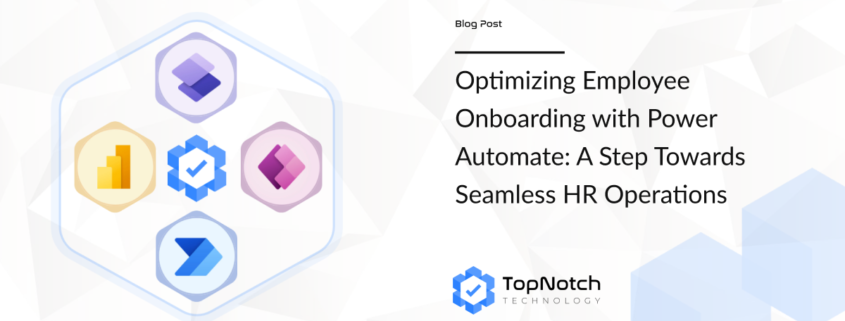Optimizing Employee Onboarding with Power Automate: A Step Towards Seamless HR Operations
Topic Overview:
Employee onboarding is crucial for ensuring a smooth transition for new hires. Power Automate can simplify and optimize this process by automating repetitive tasks such as document submission, approvals, and training scheduling. This post will explore how Power Automate is transforming HR operations by reducing manual work and improving the onboarding experience for employees.
Streamlining Onboarding with Power Automate
Onboarding new employees can be a complex process involving multiple steps like form submissions, document approvals, and account setups. Power Automate enables HR departments to automate these tasks, ensuring that no steps are missed and that the process runs smoothly. For instance, once an employee submits their documents, Power Automate can automatically trigger the approval process, notify relevant departments, and schedule training sessions—all without manual intervention.
HR departments can also integrate Power Automate with other Microsoft tools like Power Apps and Power BI to create a seamless onboarding experience that improves efficiency.
Real-World Applications in HR
Organizations in various industries are using Power Automate to improve their employee onboarding processes:
- In retail, HR teams are automating training schedules and employee benefits enrollment.
- In healthcare, hospitals are ensuring that employee records are accurately processed and compliance requirements are met through automation.
- In finance, institutions are automating paperwork submission and approval workflows, saving time and reducing errors.
Discover how Power Platform Consultation can help you tailor the solution to your business needs.
Conclusion:
Power Automate is revolutionizing the HR onboarding process by automating tasks, improving accuracy, and creating a better experience for new employees. By reducing the workload of HR teams, businesses can focus on fostering a more engaged and productive workforce.
- Learn more about Power Automate Development.
- Explore case studies to see how others have transformed their HR processes.
